It was when I was walking back from the woodshed with a basketful of logs at the end of a sunny afternoon a few days ago that I noticed it. The sun was setting, visibly later in the day, drawing the evening out. In a hasty last burst of energy before dropping below the horizon, the golden ball in the sky was playing hide-and-seek with a lacy veil of dark grey clouds rolling up from the south. I was in awe of this striking spectacle of light, of course I was, but it was something else that caught my attention. The smell of early spring. Floating in the gentle breeze and tickling my nostrils, it was there, reborn and carrying the hopes and promises of the new season. Subtle and faint, that earthy scent heralds a quickening in the natural world: winter is turning into spring and my nose tells me that change is in the air.
Today is the 1st of February and we have reached Imbolc on the Wheel of the Year. This celtic festival sits half way between the winter solstice and the spring equinox and celebrates the re-awakening of the earth. Winter is receding, making way for many delightful signs that spring is on its way.
Beneath the surface, the ground is stirring. Tentatively, coaxed by the increasing light and warmth from the late winter sun, tiny movements in the soil send quivering signals that it is time. Worms uncoil from their winter sleep and wriggle out of their burrows in search of food. The lawn in front of our house is littered with their freshly deposited muddy casts. With worms active again, so are the moles who feast on them and other soil-dwelling invertebrates that fall in their underground tunnels. Several heaps of excavated earth appear each day in the garden now the breeding season approaches and with gratitude, I will help myself to these rich offerings of nature that will make a good, nutritious growing medium for our veg seedlings in a few weeks’ time.
The first snowdrops are in bloom here and there and the stems of daffodils and crocuses poke through the ground in our orchard and by the pond, emerging all triumphant from the grip of winter full of the tingling promises of a cheery and colourful springtime. In the flower borders, the hellebores are nature’s early gifts, displaying a beautiful spectrum of shades from the lightest of pinks to the deepest purple. Their downward-facing flowers nod softly in the breeze, humble and shy yet radiating elegance and grace. In the potager, the rhubarb unfurls its crumpled leaves as the pink, tender stalks shoot up from well established crowns that happily overwinter, year after year, under a protective layer of compost mulch. I have also noticed these past two weeks that birds have become more active and vocal; I have spotted blue tits beginning to survey for nest sites, peering into bird boxes in preparation for the breeding season. In the hedgerow, deep yellow hazel catkins are fluffing up ready to send puffs of powdery pollen dust out into the wind.
Roots are pushing and growing, soil life is awakening. The ground beneath our feet gently becomes alive again, releasing into the air that medley of musty and silty smells that I caught the other day. The smell of life.
Guided by the natural world, it is time to take gentle, easy steps towards our own unfurling and breathe new life into what we want to bring to fruition this year. Personally, I have started a new creative activity in the shape of a nature journal to accompany my writing. It has been a joy to document nature and the little seasonal changes. What project will you bring into being this year? What do you need to do now to prepare for it? Whatever your plans, the important message from nature right now is to approach them gently, to ease yourself into them, to prepare… there will be plenty of time and opportunities to take action when we reach the spring equinox next month.
Happy Imbolc, dear readers! May you follow your nose and sniff the first stirrings of the season and may the first smell of spring ignite the spark of life in you.
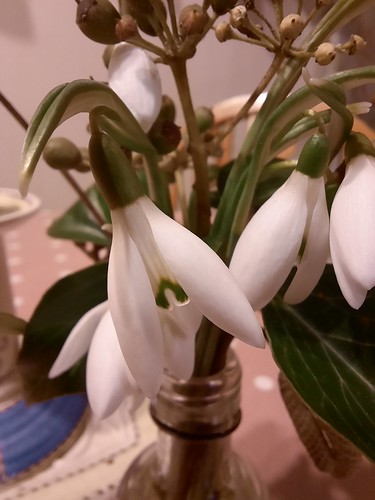
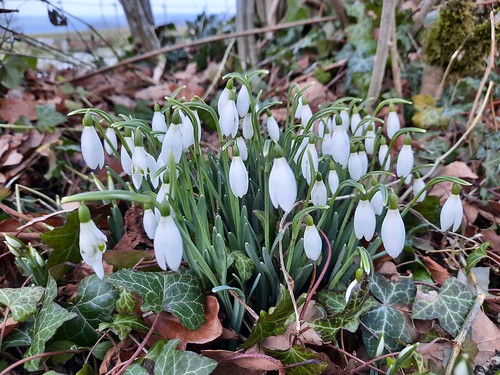

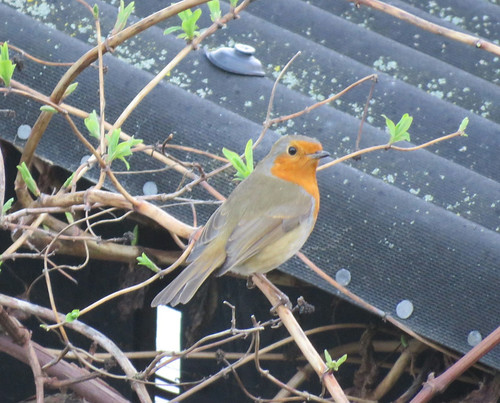
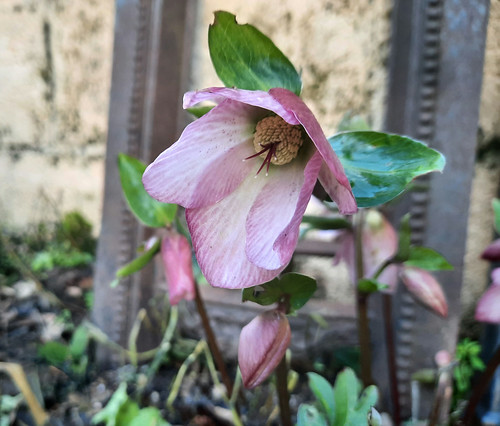
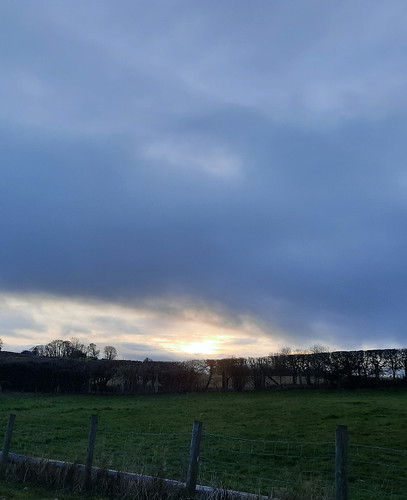
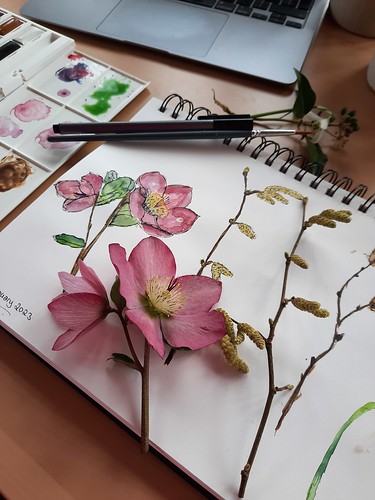

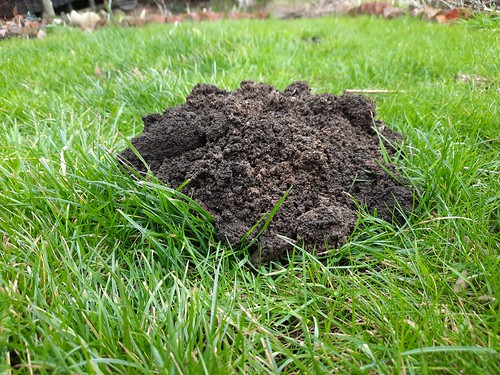
Ooh Maryline, I think you know just how much I love your musings as the Wheel of the Year gradually spins towards the next season. You always manage to take such notice and write beautifully, I just love the description of the unfurling rhubarb. I used to love writing my blog, in more detail about this and that but Instagram seems to have taken over. I enjoy regular sabbaticals from that but maybe I should try my blog again, especially now we have the farm and lots of things are going on soon with lambing. I'm still enjoying the slightly darker mornings and shorter days for a little longer, my favourite time of the year when I don't pressure myself to be up to something constantly. Consequently I'm not doing too much in the garden but do need to get the propagator fired up very soon as I have my tomato, chilli and pepper seeds at the ready. Thank you, as ever, this Imbolc for your wonderful insights and sharing of the world around you.x
Posted on By Louise Houghton
Thank you, Louise, for your lovely feedback, as always. Your comments are a joy to receive. I loved reading your blog posts too. I hope you get back to writing on your blog.
Posted on By Maryline
Wonderful pictures and so beautifully described too. www.notesoflife.uk
Posted on By Nikki
Thank you very much, Nikki.
Posted on By Maryline
Many years ago I wrote a little something in response to the pull of the seasons. Winter's Ebb Do you feel the winter ebb. No jolt, no sudden stop. ancient rhythm walked by few. Wagtail and Pallid Cuckoo do. On moonlit night, before the dawn, their sweet and melancholic tunes, call longer days are coming soon. High up in the Churchyard pine, White Face Heron feels it too, Soon, her nest she’ll have to mend. Mother Earth, at journeys end on Winters longest night. Keeps her promise of light and life to bring, now gently turns to gather in the Spring.
Posted on By David
Lovely writing, David. It evokes the sentiment of the season beautifully. Thank you for sharing it here.
Posted on By Maryline